
views
Finding Out Whether You Need an Iron Supplement

Look out for symptoms of anemia. Anemia means a low level of red cells in your body and is a sign of iron deficiency. This can be quite common and due to several factors. Symptoms include: Tiredness Paleness Dizziness Fast heartbeat Chills Headaches Itchiness Hair loss Slow immune response to infections
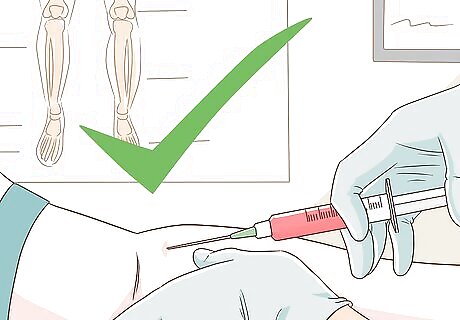
Get a blood test. The level of hemoglobin signals the amount of red cells in your blood and is used to determine whether you have an iron deficiency. If you're in one of these categories, you're more likely to have an iron deficiency and should consider getting tested: Pregnant people Those with heavy menstrual bleeding Infants and young children Cancer patients People with digestive issues Blood donors
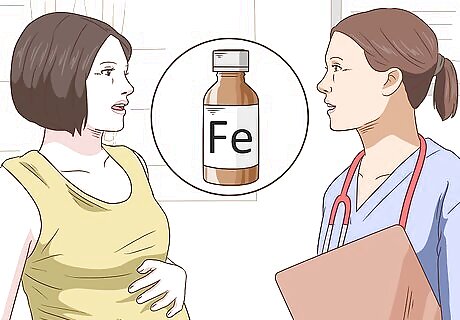
Discuss with your doctor the possibility of taking iron supplements. They will help you determine whether iron supplementation is advisable for you and in what quantity, based on your gender, age and existing conditions. Make sure you mention whether you have any of these conditions in your medical history: Alcohol abuse Blood transfusions Kidney or liver disease Arthritis Asthma Allergies Hemochromatosis Hemosiderosis Heart disease Intestinal problems Stomach ulcer Other forms of anemia
Choosing the Right Kind of Iron Supplement for You
Check how much iron you need. Dosage depends on age, sex, existing conditions and dietary intake. The daily needed amount is usually 8 mg for adult males and 18 mg for females. Pregnant people will need more iron (around 27 mg per day). Those who are breastfeeding will need less than usual (9 to 10 mg per day). Children will need different amounts depending on their age and sex. Check the recommendations of the Food and Nutrition Board to determine how much iron your children should get each day: https://ods.od.nih.gov/factsheets/Iron-HealthProfessional/ It is not recommended to take large amounts of iron for longer than six months, unless your doctor tells you otherwise.
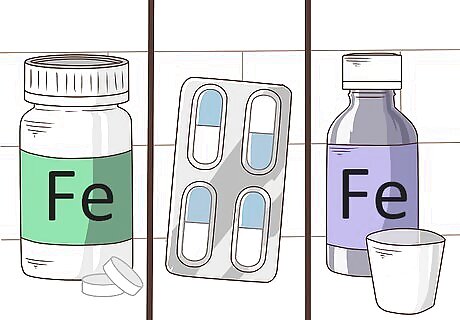
Familiarize with different forms of iron supplements. Iron can be taken in forms such as tablets, capsules or liquid. You may also choose a slow-release form of iron: these are taken once a day and provide a steady release of iron into the body. Most iron supplements are sold without a prescription, with the exception of infant drops or specialty supplements. Your doctor will help you determine the daily dosage you need and recommend the best form of supplement for you. Tablets are usually the best absorbed and less expensive option. Liquid forms are usually preferable for young children. Slow-release supplements lead to fewer side effects but are also absorbed in minor quantities. When choosing a supplement, consider other factors like personal preferences (you might have difficulty swallowing non-chewable tablets) and side effects. For example, liquid supplements tend to stain your teeth. Other forms of iron supplements include powder, suspension, liquid-filled capsules, syrup and elixir. A way to prevent this is by mixing the supplement with water or juice or drinking it through a straw.
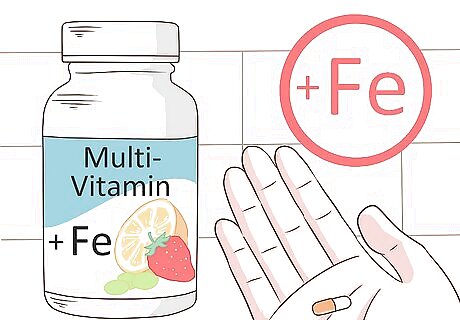
Choose a multivitamin supplement containing iron. Most children and adult multivitamins contain the recommended daily dosage of iron. If your deficiency is not severe, you might simply increase your daily intake in this form. Read the label to check the amount of iron contained in the multivitamin supplement and see if it corresponds to the dosage recommended by your doctor.
Check the level of elemental iron in the supplement. When reading the label, be aware that the iron content may appear under these three names: ferrous sulfate, ferrous fumarate, and ferrous gluconate. Regardless of the quantity of any of these contents, the exact amount of iron is signaled by the level of elemental iron. The amount of elemental iron is not necessarily linked to the amount of iron supplement. 300 mg of ferrous sulfate or ferrous fumarate might correspond to different levels of elemental iron. Out of the three, ferrous fumarate usually has the highest content of elemental iron (around 33 percent). Ferrous gluconate has the lowest (around 12 percent), while ferrous sulfate has slightly more (20 percent). When choosing which supplement to use, you might want to try gluconate if you're afraid fumarate might be too much for you, or fumarate if your aim is to get as much iron as possible out of supplementation.
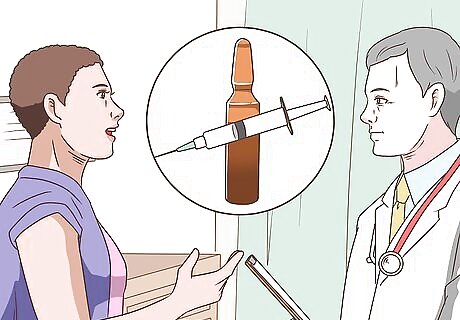
Ask your physician whether you need iron injections. This is recommendable only if you can't take iron in any other form. Iron can be injected only by a doctor or nurse. Do not take other forms of supplements if you are getting injections.
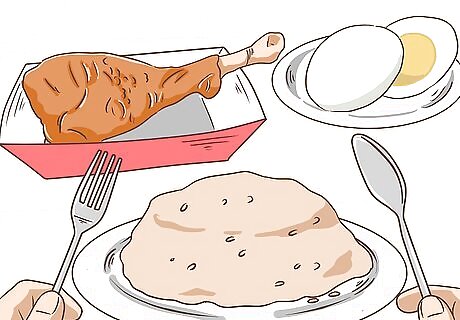
Consider following an iron-rich diet. Your doctor might recommend you to simply change your diet to include more foods with a high iron content. If your anemia is simply due to eating iron in poor quantities, you should reconsider your diet before taking over-the-counter iron supplements. Be aware that some foods will contain heme irons (easily absorbed by your blood), while others will provide nonheme iron (less easily absorbed). Foods that are rich in iron include: Meat: liver, lean-ground beef, pork, turkey leg, lamb leg (large quantities of heme iron) Eggs (heme iron) Fish: sardines, oysters, tuna, shrimp (smaller quantities of heme iron) Brown rice (nonheme iron) Kidney beans, peas or lentils (nonheme iron) Cereal: Iron-fortified cereal, whole wheat bread, oatmeal (nonheme iron) Spinach (nonheme iron) Tofu (nonheme iron) Molasses (nonheme iron) Peanut butter (nonheme iron) Raisins (nonheme iron)
Taking the Iron Supplement
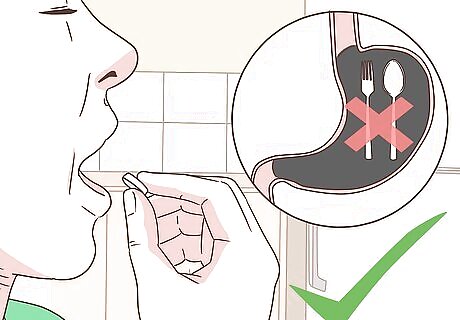
Take the iron supplement. It is best to take the iron supplement on an empty stomach to facilitate absorption, either with water or fruit juice. This means one or two hours before meals. If taking iron on an empty stomach makes you sick, you should take it right after meals, although this will make it harder for your body to absorb it.
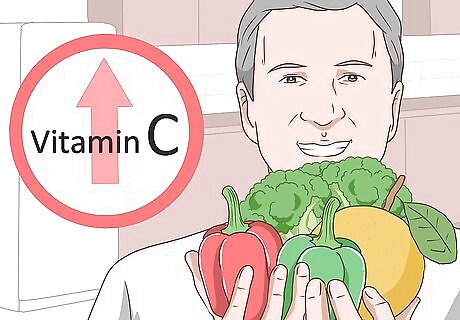
Increase your intake of vitamin C. Eating foods with a high vitamin C content, like citrus fruit, will help your body absorb more iron. Thus, this is recommended both if you're following an iron-rich diet or taking supplements. You can get more vitamin C through: Oranges and orange juice Red and green peppers Strawberries and blackcurrants Broccoli and brussels sprouts Potatoes

Carefully time eating foods that will hinder iron absorption. Combining iron supplements with some foods will make it harder for your body to absorb it. The following foods or supplements should be consumed no more than two hours after taking an iron supplement if you want to maximize your iron intake: Caffeinated drinks and food (coffee, black tea, chocolate) Calcium and antacid supplements Cow's milk (for children and infants)
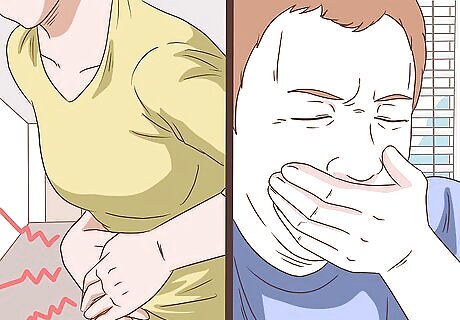
Consider the side effects of taking iron supplements. Ask your physician about possible uncomfortable reactions you might have to an increased iron absorption. They might advise you to reduce your daily dosage if these symptoms become too much for you to take. These can include: Constipation Upset stomach Nausea Muscle pain Cramping Fast heartbeat Dizziness Metallic taste Stained teeth (if so, brush with baking soda or medicinal peroxide)
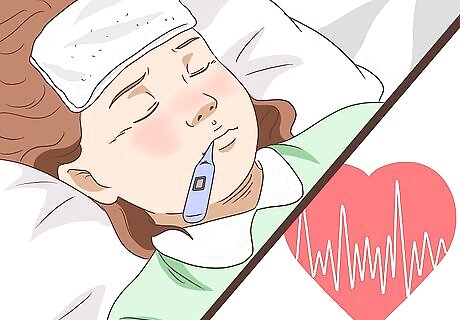
Pay attention to symptoms of iron poisoning. Taking too much iron can cause many undesirable effects. If side effects become severe, you have one or more of these symptoms and you think they might be due to iron overdosage, contact your doctor and consider reducing your dosage or switching to other supplements. Early symptoms include: Diarrhea (maybe with blood) Fever Nausea and sharp stomach pain Severe vomiting (maybe with blood) Late symptoms include: Blue lips, fingernails and palms of hands Seizures Clammy skin Difficulties breathing Tiredness or weakness Fast heartbeat
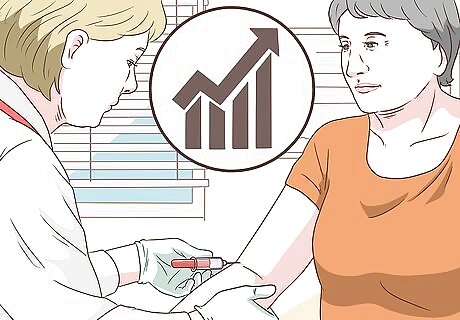
Monitor your progress. Your doctor will probably advise you to return after a few weeks to check how your body is responding to supplementation. Blood tests will monitor your hemoglobin levels and determine for how long you should continue the treatment. Checking your stools is an effective way to see whether your body is absorbing the iron supplements. These should be black.














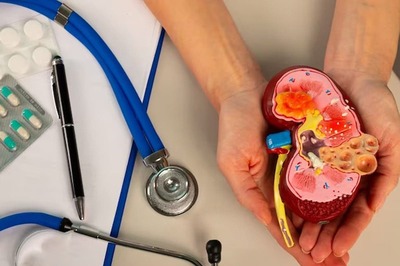


Comments
0 comment